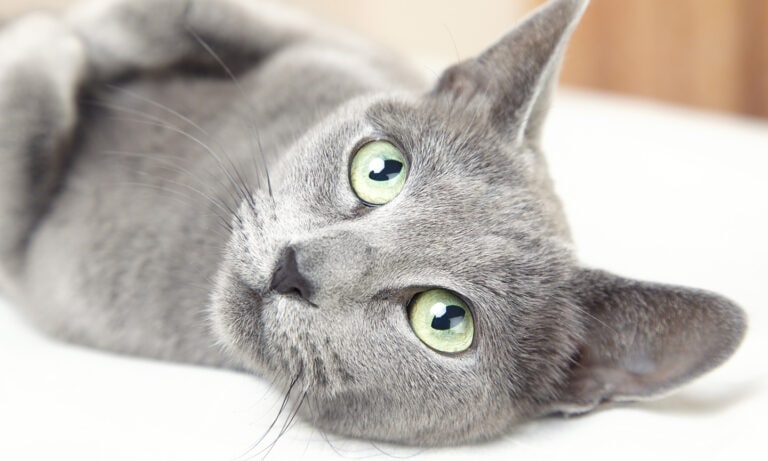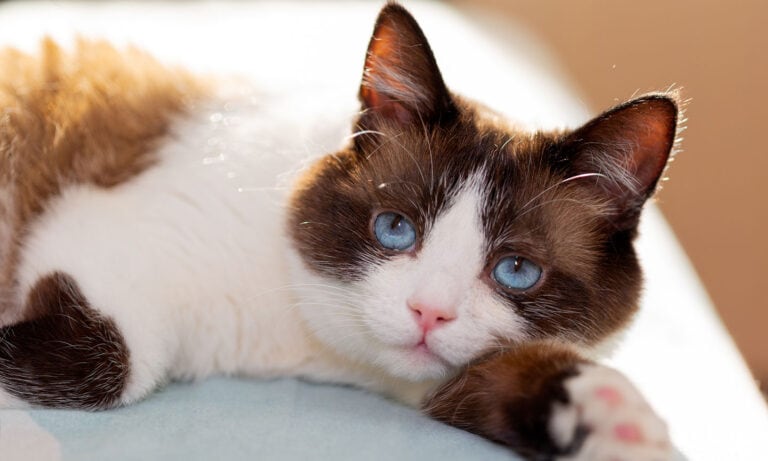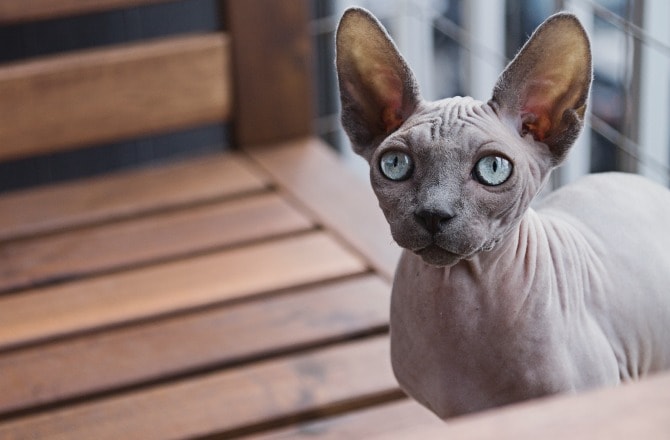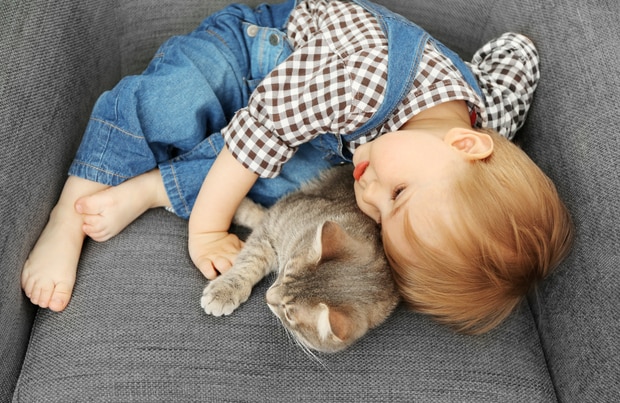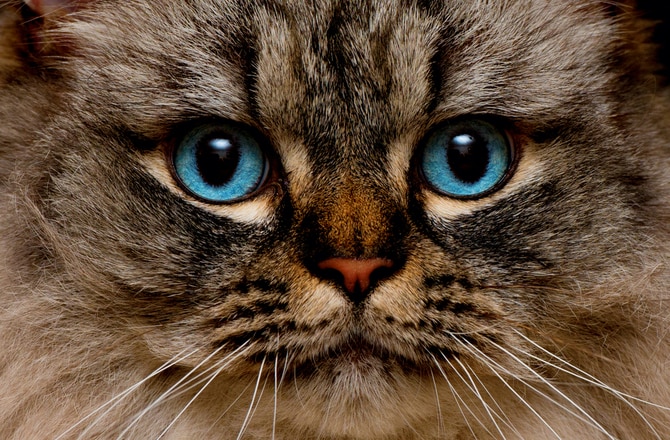About This Breed
Although there are some believe that the Abyssinian were once a companion to the Egyptians, it more likely that it was developed by the English using the British Shorthair.
Physical Characteristics
The Abyssinian has a medium-sized body but is muscular. Its head is wedge-like with almond shaped eyes, and its ears are moderately pointed. One of the Abyssinians most distinguishing marks, however, is the “M” found on its forehead.
COLOR(S)
Unlike most other cats, the Abyssinian has a ticked coat which is commonly seen in ruddy, red and blue
COAT
Medium in length with a fine texture.
Personality and Temperament
ACTIVITY LEVEL
High
POSITIVES
The Abyssinian enjoys playing and is social with other animals and people.
THINGS TO CONSIDER
Though friendly, the Abyssinian is not generally considered a “lap cat.”
Care
SPECIAL REQUIREMENTS
An occasional bath and brush through the coat is all that is needed in terms of grooming for the Abyssinian.
Health
The following conditions are commonly seen in Abyssinians:
- Retinal atrophy
- Renal amyloidosis
- Patellar luxation
History and Background
The origin of the Abyssinian remains shrouded in mystery. However, there is some evidence that ancient Egyptians worshiped cats: murals and sculptures, some as old as 4000 years, were found in the area bearing a remarkable resemblance to today’s Abyssinian.
Recent genetic research also reveals that the present day Abyssinian may have originated from a breed found in Southeast Asia and on the coast of the Indian Ocean. Others indicate the Abyssinian looks similar to the African wildcat, which is regarded as the ancestor of all domestic cats. Many breeders believe that the original Abyssinian line has perished, and give credit to British breeders for recreating the breed.
The first documented Abyssinian is Zula, which was described and physically detailed by the Scottish born Dr. William Gordon Stables, in his 1876 book, Cats: Their Points and Characteristics, With Curiosities of Cat Life, and a Chapter on Feline Ailments (London: Dean & Smith). As the British-led Abyssinian war of 1868 drew to a close, Zula (named for the Abyssinian town the expedition party built port at) joined the voyage from Abyssinia to England with the expedition leader Lt. Gen. Sir Robert Napier and his crew.
While the British undoubtedly played a large role in cultivating the modern Abyssinian, their efforts were wiped out by the devastations of World War II and they had to begin again. One would conclude that much of the Abyssinian’s original traits have changed in the process, yet even now they command the veneration and regard the breed had in ancient Egypt.
It was not until the 20th Century that the Abyssinian was recognized in the United States. First exhibited in Boston, Mass. in 1909, the breed did not begin to show success until the 1930s. And even then the success was limited because many of the offspring died young. In 1938, however, a red colored Abyssinian named Ras Seyum was imported to the U.S. from Britain. The cat caught the attention of cat enthusiasts and its popularity led to more British imports of the breed, followed by the success the Abyssinian has today.
National Club and/or Organizations
Abyssinian Cat Club of America
Image: Ihar Palitanski via Shutterstock
By: Chewy Editorial
Share:


